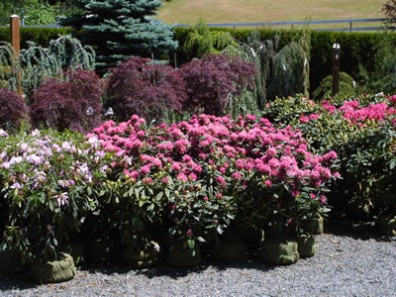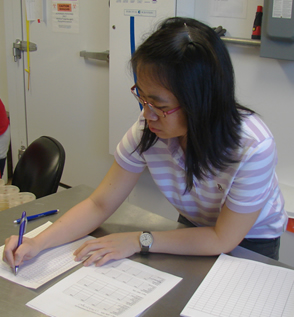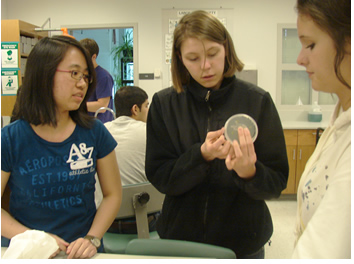The Sentinel Plant Network
gary.maguireThe Sentinel Plant Network
 The American Public Gardens Association (APGA) is working with the National Plant Diagnostic Network to develop a Sentinel Plant Network, under a grant funded by USDA-APHIS under the 2008 Farm Bill.
The American Public Gardens Association (APGA) is working with the National Plant Diagnostic Network to develop a Sentinel Plant Network, under a grant funded by USDA-APHIS under the 2008 Farm Bill.
APGA recently launched a SPN web page that provides an overview of the program, and its mission, the benefits of participation and information on how member gardens can get involved.
APGA has been working closely with NPDN to develop two “train-the-trainer” modules for public gardens. The first module addresses the impact of plant pests and pathogens and the importance of early detectors as well as providing an overview of the SPN, its primary partners, and the role of participating gardens. The second module, which is focused on the “best practices” of pest /pathogen scouting and reporting and outlines the proper methods of sample collection and submission, will provide valuable instruction to public garden professionals and volunteers. Gardens participating in SPN will be encouraged to use this module in classes offered to the general public, thereby giving them the necessary training to be effective citizen scientists contributing to the early detection of potential threats. Preliminary versions of these modules are expected prior to APGA’s conference in June and will undergo beta testing over the summer before being integrated into the SPN regional professional development workshops this fall and winter.
APGA is also developing a freestanding website marketed towards kids and educators and will work with a curriculum specialist to develop a teacher / parent guide to these resources.




